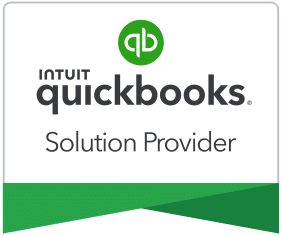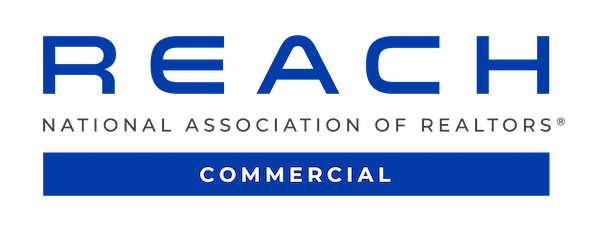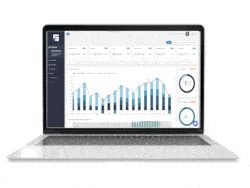Leases are one of the most important documents involved with commercial property management. But did you know there are actually several different types of leases? If you’re not sure what kind of lease is right for your tenants, find out your choices below.
Gross Leases: The Good and the Bad
With a gross lease, also known as a full service lease, all the operating expenses are included in your tenant’s rent. You use rent payments to cover the cost of utilities, maintenance, property taxes, and other expenses.
Tenants generally don’t have to worry about their rent changing month to month with gross leases. It’s a fixed rate, which makes it easy for tenants to budget for their rent. However, it also means they can expect to pay a higher base rent. They just won’t have to worry about tacking on the additional costs of utilities every month.
Even with gross leases, your tenants’ rent may occasionally fluctuate. For example, you can increase rent for a short period of time if your tenants use excessive electricity, water, etc.
You could include a clause in the lease stating that if insurance rates or taxes go up, tenants can expect their rents to rise.
Net Leases: The Good and the Bad
The net lease is a favorite in the commercial real estate world. While gross leases are pretty fixed in price, net leases are very adjustable. Tenants like them because they have a lower base rent. However, there’s a lot of fluctuation in additional costs such as insurance, maintenance, and property taxes. Even within the net lease category, there are several different types of commercial leases.
Single Net Lease
With single net leases, tenants have a fixed base rent. Plus, they pay their pro-rata share some of the property tax on top of their monthly rent payments. The tenant is responsible for covering their usage of all the utilities. As the landlord, you cover the costs associated with the building.
Double Net/NN Lease
If you have your tenants signs a double net lease (aka an NN lease), they are agreeing to pay a fixed base rent price and their portion of the property tax, just like with the single net lease. The landlord still covers the costs associated with the building, while the tenant pays for their own utilities. However, tenants also pay some of the property insurance with a NN lease.
Triple Net/NNN Lease
Triple net leases (aka NNN leases) are extremely common. With an NNN lease, the tenant is responsible for a larger portion of costs compared to other net leases. Tenants pay a fixed base rent payment as well as property taxes, insurance, and even maintenance for the building. Often this third part of building maintenance is referred to as common area maintenance (CAM). Tenants will not necessarily cover the complete cost of each of these CAM expenses, but they will at least pay for their pro-rata share.
Absolute NNN Lease
Although this type of lease is rare in the commercial real estate world, it still exists. A tenant covers essentially all operating costs from building maintenance to property taxes and insurance on top of their monthly rent payments. This gives the tenant a lot of control with the building. If things are going well, this can be a good thing. But if there are problems with the building, it can be a real burden.
Modified Leases
A modified lease shares similarities with the gross lease and the net lease. With this type of lease, the tenant covers the same expenses they would with an NNN lease. This includes rent as well as property taxes, insurance, and/or building maintenance costs. Just like with net leases, the tenant could be paying or all those costs or part of them. Tenants are responsible for paying their own utilities and maintenance costs.
What’s different about the modified lease is that the tenant has more freedom to negotiate. Another difference with the modified lease is the tenant doesn’t have to worry about their rent increasing. Even when utilities and other costs rise, the tenant doesn’t have to worry about paying more. So, in this way, a modified lease is like a gross lease.
Make Informed Decisions for Your Commercial Real Estate
Choosing what kind of commercial leases you’ll have your tenants sign is just the beginning of commercial property management. There will be many decisions to make in the future. One way you can make it easier is by utilizing helpful tools like STRATAFOLIO for managing your leases. This cloud-based software gives you insights into your tenants and properties so you can make informed decisions. For example, for each lease, you can see the base rent per square foot or your operating expenses per square foot. What commercial lease type is working best for you and why?
For more information about STRATAFOLIO, look into getting a free consultation and demo!






